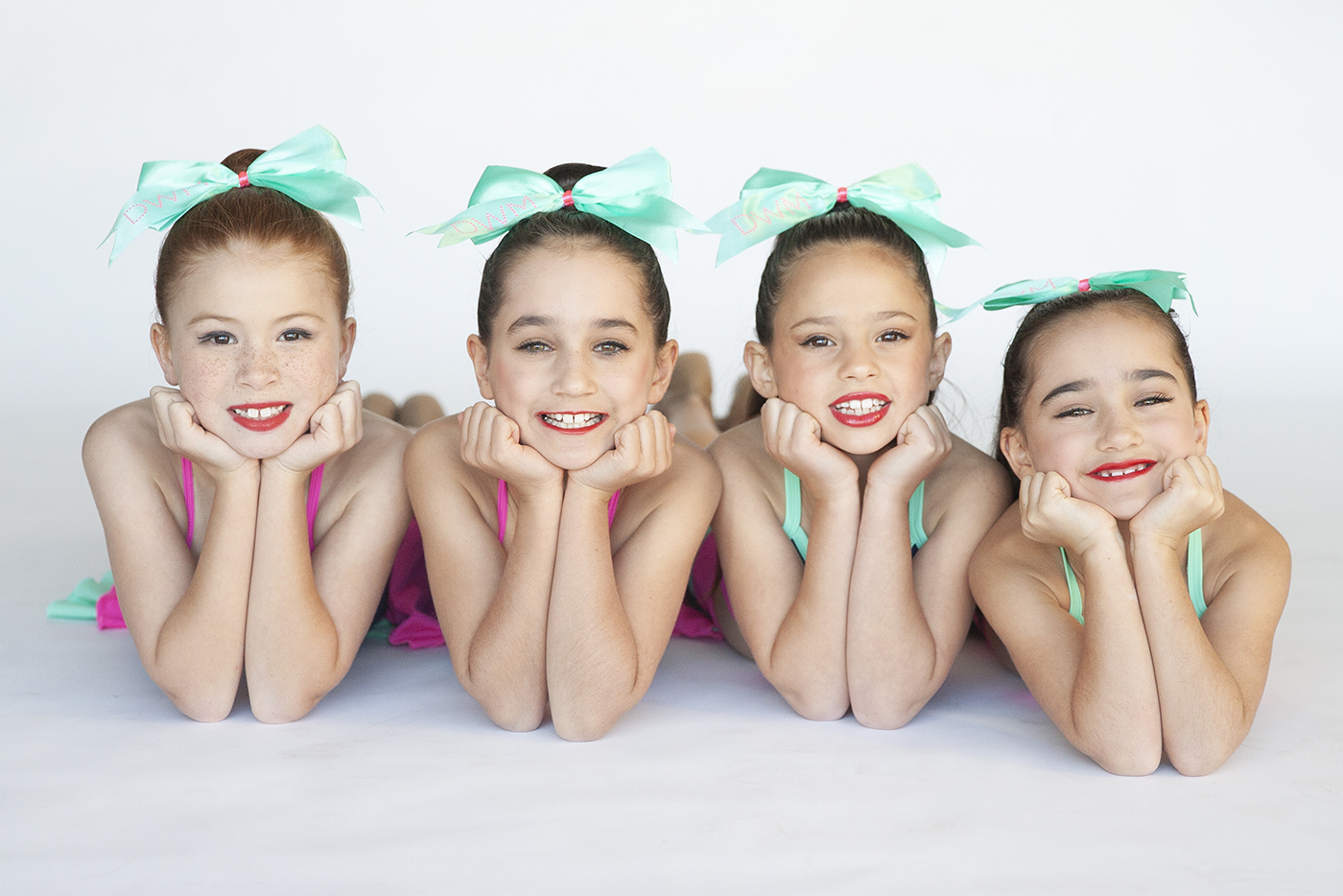Discovering 7 Mental Health Benefits to Participating in Dance
Dancing is one of the purest forms of self-expression and joy. You only need to remember the joyous feeling you get when your body moves to music, to understand why dancing is so beneficial for body, mind and soul. Dance has existed for thousands of years, evidenced by rock paintings in Rock Shelters of Bhibetka in India, as far back as 9000 years ago. Humans were born to dance.
While dance is widely known to be a fantastic way to increase your physical health, with a multitude of benefits. Up until recently, the mental health benefits of dance haven’t been as well understood.
How does dance help improve mental health?
You might be wondering if mental health considerations are relevant for children, especially compared to the physical benefits…Think again. According to Beyond Blue “It’s estimated that around one in seven Australian kids experience mental health issues and about half of all serious mental health issues in adulthood begin before the age of 14.” By addressing mental health concerns during childhood, it’s less likely to carry forward into adulthood.
Dancing offers so much more than the shy giggles at the year 6 dance, when a boy asks your daughter to dance. Or practising all the latest TikTok moves with friends. In fact, you’ll be surprised how many benefits dancing offers to improve your child’s mental health.
So let’s explore the mental health benefits of dance for our children:
1) Improves Self-esteem
The confidence gained when mastering the art of a dance routine, or that feeling of elation at the end of the year concert, all assist in boosting your child’s self-esteem. Dance provides an expressive outlet. An opportunity to learn something new and fun with other like-minded children. It provides children a unique insight into their strengths and weaknesses, their creative ideas and unique individuality. As Paulo Coelho says “When you dance, you can enjoy the luxury of being you.”
2) Builds Resilience
Children at Dancing with Maree are encouraged to grow in all areas. The teachers are passionate and encourage their students to achieve their personal best at all times. While the philosophy behind the classes is based on companionship and peer support. The classes are physically and mentally challenging and FUN. Dance practice is built on a system of challenge, correction and improvement.
Teachers are there to guide your child to learn, improve and grow. This growth could be about their mental attitude, or possibly technique or timing. This allows all students an opportunity to overcome their perceived limitations and become more resilient.
Learning to take the corrections received in the dance studio (as in any other area of life) as constructive feedback assists with growth. It replaces the “I’m not good enough” or “she’s being unfair” mentality. Children have an opportunity to accept feedback and work hard to reach their goals. The feelings of accomplishment will be a huge confidence boost and assist in shaping your child a strong and resilient dancer and person.
3) Eases Anxiety and Depression
Dancing is a pleasurable physical activity. While moving rhythmically to music, your child’s brain releases endorphins, a ‘feel-good’ chemical. This acts as a natural pain killer, improving sleep and reducing anxiety and depression.
While this blog specifically explores the benefits for children, let’s be clear – dancing isn’t just for children. According to Dr. Adrianna Mendrek, a researcher in behavioural neurobiology and psychiatry at Bishop’s University “A recent systematic review of research on dance/movement therapy specifically found it to be effective in the treatment of adults with depression.”
Anxiety is further released as the student is in the ‘flow’… focused on staying in time, remembering moves, and coordinating their body to stay in rhythm. There is no time to worry about their next maths exam, or what the mean person at school said to them. Dance has the ability to modify your emotional state.
In November 2019 The World Health Organisation conducted a review analysing evidence from over 900 global publications – Dr Piroska Östlin, WHO Regional Director for Europe says it was “the most comprehensive review of evidence on arts and health to date…Bringing art into people’s lives through activities including dancing, singing, and going to museums and concerts offers an added dimension to how we can improve physical and mental health.”
4) Builds Social Skills and Teamwork
Dance can promote important social-emotional skills. Through movement, children can learn tolerance, acceptance, communication, inclusion, respect, team work and cooperation. Beautiful dance friendships can be formed. Yes, dance can be competitive, but children are taught to compete against themselves. To respect each other’s strengths and weaknesses. This coupled with the time they spend getting to know each other, creates space for strong friendships to form.
Dancing with Maree has “a strong philosophy based on companionship and the support of peers and team members.” Children will learn they are part of a team and accountable equally to the outcomes by the amount of practice and attendance they contribute. They learn they’re a valued team member, trustworthy and dependable. What a brilliant motivation to return to class each week, as they feel the positive impacts of working towards a common goal.
5) Become Part of a Community!
Fitting in and feeling valuable or ‘cool’ is something most kids feel at some stage in their development. As the students work towards a common goal, they build a special bond and sense of belonging. Picture the ear to ear smiles with arms around each other at the end of a performance or concert, taking a bow as part of the Dancing with Maree Community.
6) Creative Expression and Emotional Release
There are multiple pressures on our children, like keeping up with their studies, fitting in, body image, friendships and family relationships. Add a pandemic, environmental concerns, and the inability to easily switch off into the mix, and it is no doubt our children need a healthy emotional release. Dance provides the most incredible and healthy outlet for emotional and physical release. It can be used to convey emotions and help you process them too.
Learning to respond to music through movement requires you to draw on your own experiences and vision. Empowering children to tell their own creative story through dance.
“Dance is the hidden language of the soul.” – Rumi.
7) Improves Cognitive Ability
In a research study at the University of Helsinki’s Cognitive Brain Research Unit, performed by Hanna Poikonen, brain functions of dancers were analysed. The findings indicated that “the auditory and motor cortex of dancers develops in a unique way”. The dancer’s brains reacted quickly to changes in music. “The change is apparent in the brain as a reflex, before the dancer is even aware of it at a conscious level”. Dancing can assist with out-of-the-box thinking, empathetic memory, creativity and hand-eye coordination.
The mental and physical health benefits of dancing are plentiful. Most importantly, dance is joyful. “I truly love seeing children develop new skills and the pure joy when they achieve something they thought was impossible. Love, friendship and a strong healthy mind are three things we cannot live without. So, it’s my ambition to build dancers who are not only skillful, but resilient, confident and happy.” States Maree – Director of Dancing with Maree.
Proudly observing Mental Health Awareness Month 2021. Dancing With Maree is a Hills District dance school, with four convenient Hills locations. If you’re interested in your child joining the Dancing with Maree family, feel free to enrol for a two-week trial today!

